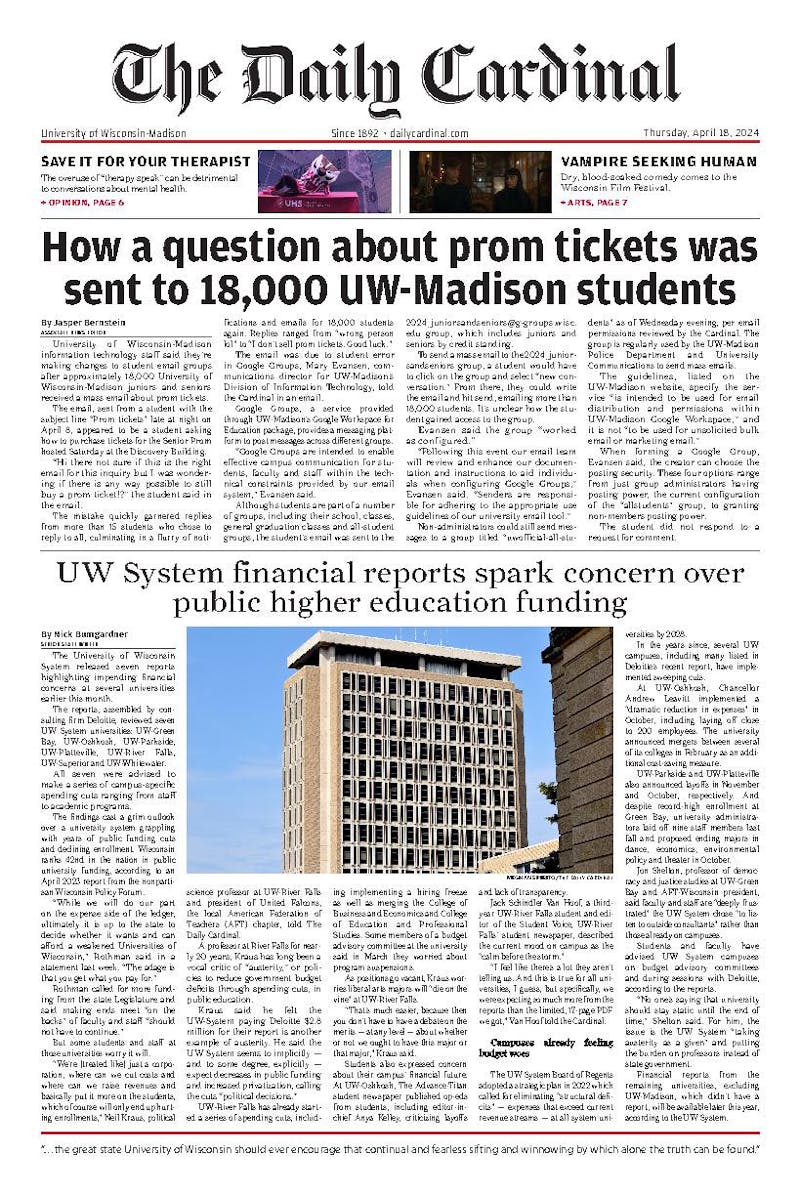I could use some help from someone with marketing savvy. I’m between my sophomore and junior year taking an honors digital marketing class for the summer term. I’ve enjoyed the class so far, but it’s one of the most challenging ones I’ve taken. It doesn’t help that it’s during the summer, too, of course.
This past week, our professor introduced the concept of brand building, and explained how businesses can earn credibility in the marketplace. He described traditional methods in broadcast advertising.
Our research assignment based on that discussion is to explore how newer businesses can track their credibility online. We’re supposed to find one or two examples, and introduce our findings to the class.
That’s why I need some guidance. Any suggestions or insights would be very much appreciated.
Lucky for you, much has been written about this topic. It used to be that businesses would distribute fancy customer satisfaction surveys or solicit feedback from focus groups, direct interviews, etc. Those early approaches were valuable to a certain extent and they still are, depending on the situation at hand. However, it’s important to remember that the Internet has changed how customers interact with brands. As a result of that changing dynamic, businesses have had to adapt how they collect meaningful feedback from people.
The first thing to realize is that establishing business credibility is no trivial endeavor. In the periods before the advent of the Internet, businesses would often be forced to invest significant capital to cultivate a positive brand image. The problem stemmed from an inability to measure the impact of their efforts in a reliable manner. Ajay Paghdal, a contributor at Entrepreneur, wrote a piece highlighting six ways to increase brand credibility. All of his suggestions would aid a business; however, you’ll notice that some of the pointers don’t lend themselves to measurement.
That’s why the Net Promoter Score (NPS) was invented by Fred Reichheld at Bain & Co. Forbes contributor, Shep Hyken, explains how effective NPS is when it comes to gauging customer loyalty. According to him, there are few surveys easier for users to take that can still offer important insights. He also encourages everyone not to remain fixated on a specific score outcome, but to instead focus on driving real product/service improvements. After all, that is the main objective of administering the survey in the first place.
You can learn everything about the NPS by reading what Abigail Orencia published on FitSmallBusiness. She explains that the survey scale ranges from 0-10. Users select a discrete numeric score based on their experience, which then categorizes them into one of three important populations:
-
Promoters (users who rate 9-10)
-
Passives (users who rate 7-8)
-
Detractors (users who rate 0-6)
The promoters can often be described as brand ambassadors or evangelists. They are often the most enthusiastic customers. The passives can be described as holding a neutral stance toward the business. They tend to not tarnish the brand. Last, the detractors can often be described as dissatisfied or discontent customers, who might damage the brand through negative word-of-mouth.
Once you have survey respondents classified into their respective groups, you can then calculate the actual NPS. This is done by evaluating the percent of promoters and detractors; passives are not used in the calculation. The formula: NPS = (% Promoters - % Detractors) x100. Abigail also outlines how you should interpret the total NPS. It’s important to know that different industries have different NPS standards. Pay attention to just your own industry, rather than comparing your NPS to unrelated ones. Don’t hesitate to tap into an NPS calculator to get your bearings.
“The world is filled with an abundance of opportunity, which the dreamers of the past never knew.” - Napolean Hill





